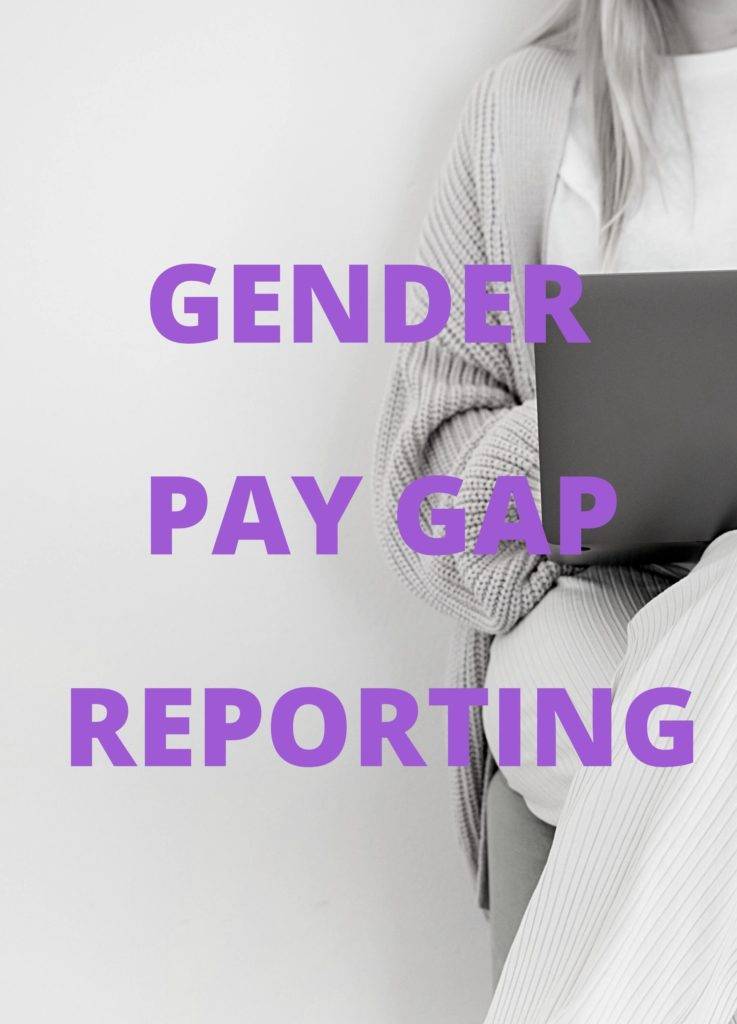Gender Pay Gap Reporting
If you’re an employer please ensure you refer to the government’s Guidance for employers on gender pay gap reporting requirements, the data you must gather, how to make your calculations, and adding a supporting narrative.
Smaller businesses are showing gender pay gap transparcey
Although only employers with 250 or more employees are required to report their gender pay gaps, some smaller businesses are still partaking in the reporting. Over 400 small businesses voluntarily uploaded their gender pay gaps relating to April 2020 onto the government’s database.
Why should small businesses report their gender pay gaps?
Gender pay gap reporting can be time-consuming for businesses across the UK. So let’s look at why smaller businesses are volunteering to submit their data when it is not a legal requirement.
Candidates look at gender pay gaps
Research by the Equality and Human Rights Commission (EHRC) has found that almost two-thirds of women look at a prospective employer’s gender pay gap before applying for a job with that employer.
Competition and recruiting in an open, inclusive way
If you’re looking to recruit more women and non-binary individuals it’s important to be as transparent as possible and present your company and company culture in a way that appeals to and attracts prospective candidates. Part of this means being open and transparent about pay gaps – and powerfully demonstrating a commitment to gender diversity – this could help give your company the competitive edge.
What is the gender pay gap?
The gender pay gap is the difference between the average (mean or median) earnings of men and women across a workforce.
From 2017, if you are an employer who has a headcount of 250 or more on your ‘snapshot date’ you must comply with regulations on gender pay gap reporting. Gender pay gap calculations are based on employer payroll data drawn from a specific date each year. This specific date is called the ‘snapshot date’.
Adding a supporting narrative and employer action plan
Adding a supporting narrative helps anyone reading your gender pay gap report understand your employer’s view of why a gender pay gap is present and what your employer has already done to analyse and close it. You may want to consider publishing an action plan that explains how you intend to tackle your gender pay gap. An action plan can either be published as part of your supporting narrative or alongside it.
Publishing supporting narratives and employer action plans are discretionary.

